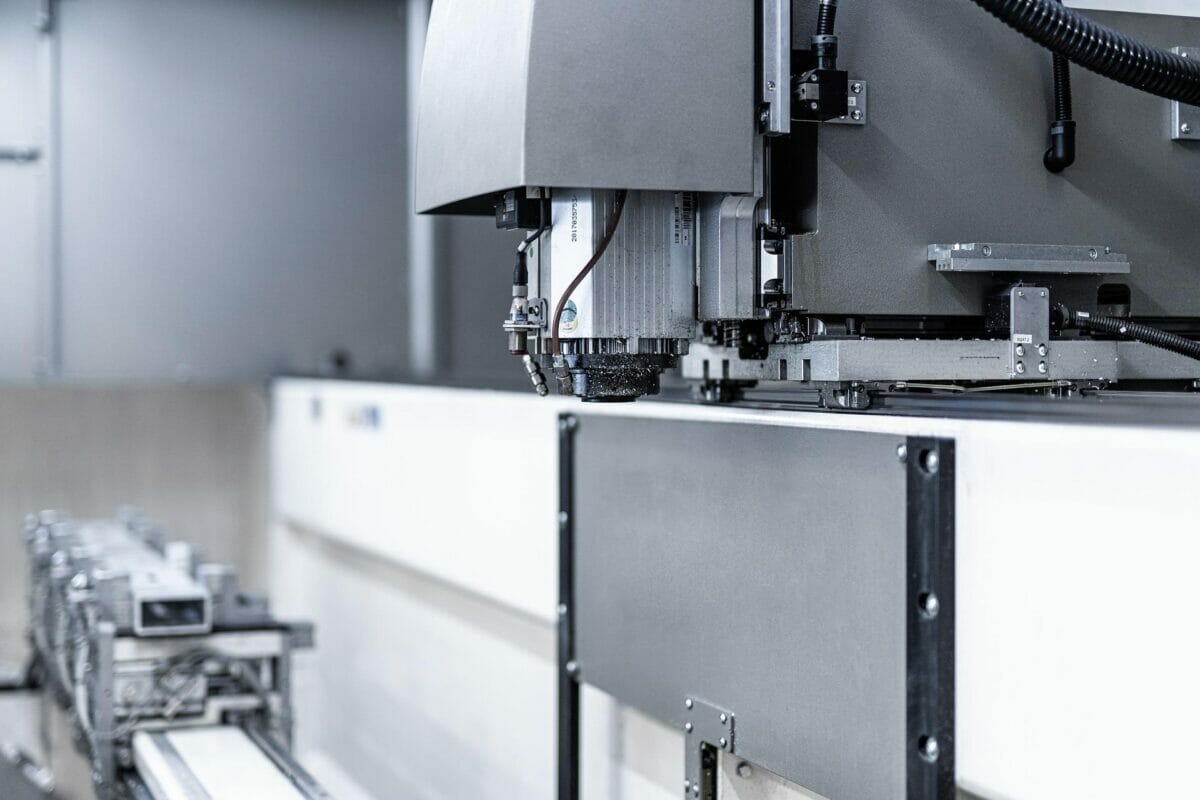Geometric Tolerances
No matter how efficient and perfect your technical drawings are, still there is the possibility of variations in tolerance. Medical tools and devices have a lot of complex curvilinear, triangular, and internal shapes that are difficult to manufacture. If a slight change in tolerance occurs, the parts do not assemble and as a result, there is a lot of material, money, and time wasted. To tackle this problem, ASME gives a standard for manufacturing medical devices within the available range of tolerances. These standards are known as Geometric Dimensioning and Tolerances.
GD&T defines the dimensions of medical tools and devices with a range of tolerances and clearances. The tools made according to GD&T standards are much more efficiently manufactured and can be assembled and fit together without any trouble.
1. Universal Manufacturing and Assembling
The most important benefit of GD&T dimensioning is that it has made the international standards of medical tools and devices which help the components to be the same throughout the world. The drawings of these tools and devices can be read by any technical person or engineer who is aware of GD&T standards. The components can be reassembled and repaired anywhere by following the same standards. The language of medical tool manufacturing and assembling has become universal due to the use of GD&T.
2. Flexible Manufacturing Options
The use of GD&T gives flexible manufacturing options for example if two mating parts have to be manufactured then the GD&T standards give the value of variation intolerance that is acceptable for making the assembly. For example, if the hole has to be made then the GD&T gives the variation of diameter while still allowing the perfect assembly.
3. Saving a lot of Material, Money, and Time
As the tools and devices in the medical have complex curves and shapes, hence the small variations in manufacturing can result in defective parts that are not assembled after manufacturing. This results in a loss of time, cost, and material. The time of labor, manufacturing, and company is also wasted because of faulty parts. To prevent such situations, medical devices are manufactured using ASME standards of GD&T.
4. Digital Design due to GD&T
The technical drawings of medical parts that are made using GD&T standards are accepted and recorded in CAD files of different CAD software. In this way, the engineer does not have to make drawing everything rather he can download the CAD files of GD&T dimensioning and manufacture the part easily saving his time.
5. Uniformity and ease
Medical devices manufactured using GD&T are the same in dimensions and tolerances. Therefore, the tools and devices bought anywhere in the world will have the same dimensions. This has made the world communicate in the same technical language and have uniformity in the engineering of medical devices. If any of the parts get damaged, then the part is manufactured again in any part of the world and can be assembled again using the GD&T standards. Hence, this standard has made the manufacturing, repair, and reassembling of medical devices much more convenient and easier.


